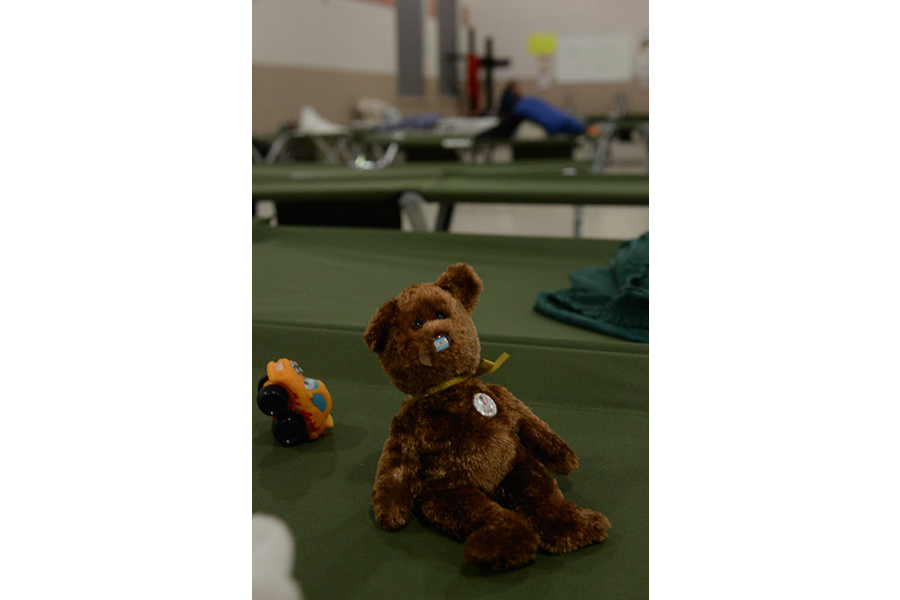Central American child refugees continue to pour into the US
Loading...
Thousands of unaccompanied children continue to migrate from dangerous parts of Central America to the US southern border, according to a United Nations report released Monday.
Some 26,000 unaccompanied children have already crossed the border in 2016, and state and federal governments are continuing to struggle with the balance between maintaining border security at a time of heightened international tensions and a humanitarian call coming from crisis-ridden states in Central America.
“There is a right way and a wrong way,” said Homeland Security Secretary Jeh Johnson at a Christian Science Monitor Breakfast on Aug. 3. “As long as we have border security and as long as our borders are not open borders, we have to be consistent with our priorities.”
The US border is a long trek from Central America, and the trip itself presents dangers such as exploitation, death from exposure, and rape to the children who undertake it. This has led both the UN and the US government itself to press the issue of attacking the problems of gang violence and persecution at their source. Congress recently allocated $750 million this to fight poverty and violence in Honduras, El Salvador, and Guatemala – the main starting points for unaccompanied child migrants. "We must remember that children, whatever their status, are first and foremost children," UNICEF's Deputy Executive Director Justin Forsyth said in the report. "We have a duty to keep them safe in a healthy and nurturing environment."
The details of how to keep them safe, especially as their numbers rise, are more challenging. For example, children who arrive at the US border unaccompanied receive an immigration court hearing automatically, but they are not guaranteed a lawyer, which can affect their future immeasurably. Only 3 percent of children who had access to an immigration attorney were deported by June 2016, compared to 40 percent who did not.
The lawyer issue is but one sign of how the complex politics of US immigration challenge its response to a long-term humanitarian problem. The United States has always been and remains a nation of immigrants, but questions of who and when people enter the country have long been some of the country's most heated touchpoints, as Patrik Jonsson reported for The Christian Science Monitor in 2014, when the issue first made headlines:
There remains skepticism among many citizens, lawmakers, and federal immigration judges about the true roots of the migration – which could strengthen if the crisis deepens. Many say the children are not as much fleeing as being drawn by rumors that the Obama administration will protect child migrants. By letting more child border-crossers stay in the US, it would create incentive for more illegal immigrants to try their luck on the US border, they argue.
International standards also weigh on these internal politics. The United States signed the UN refugee treaty in 1951, meaning an immigrant who enters the country claiming to flee persecution or danger must receive a fair hearing before decisions about deportation are made.
“We’re not dealing with groups of people here who are not entitled to US protection,” James Hathaway, the director of the Program in Refugee and Asylum Law at the University of Michigan in Ann Arbor, told the Monitor. “Quite the contrary, we’re dealing with a population that actually seems to in very large measure qualify for protection that we offered to provide by signing the UN Refugee Convention.”
Since the number of children skyrocketed in 2014, local and federal officials have tried various measures to care for the influx of children while their cases are investigated. Three shelters capable of housing 9,800 children at once went up in California and Texas during a relative calm in 2015, but they did not come without concerns for cost and security. These concerns that will certainly multiply if the unaccompanied child migrants increase at the rates expected by the UN.
"We have a finite level of resources that we can dedicate to these huge humanitarian situations,” Mr. Johnson said.
This report contains material from the Associated Press.






